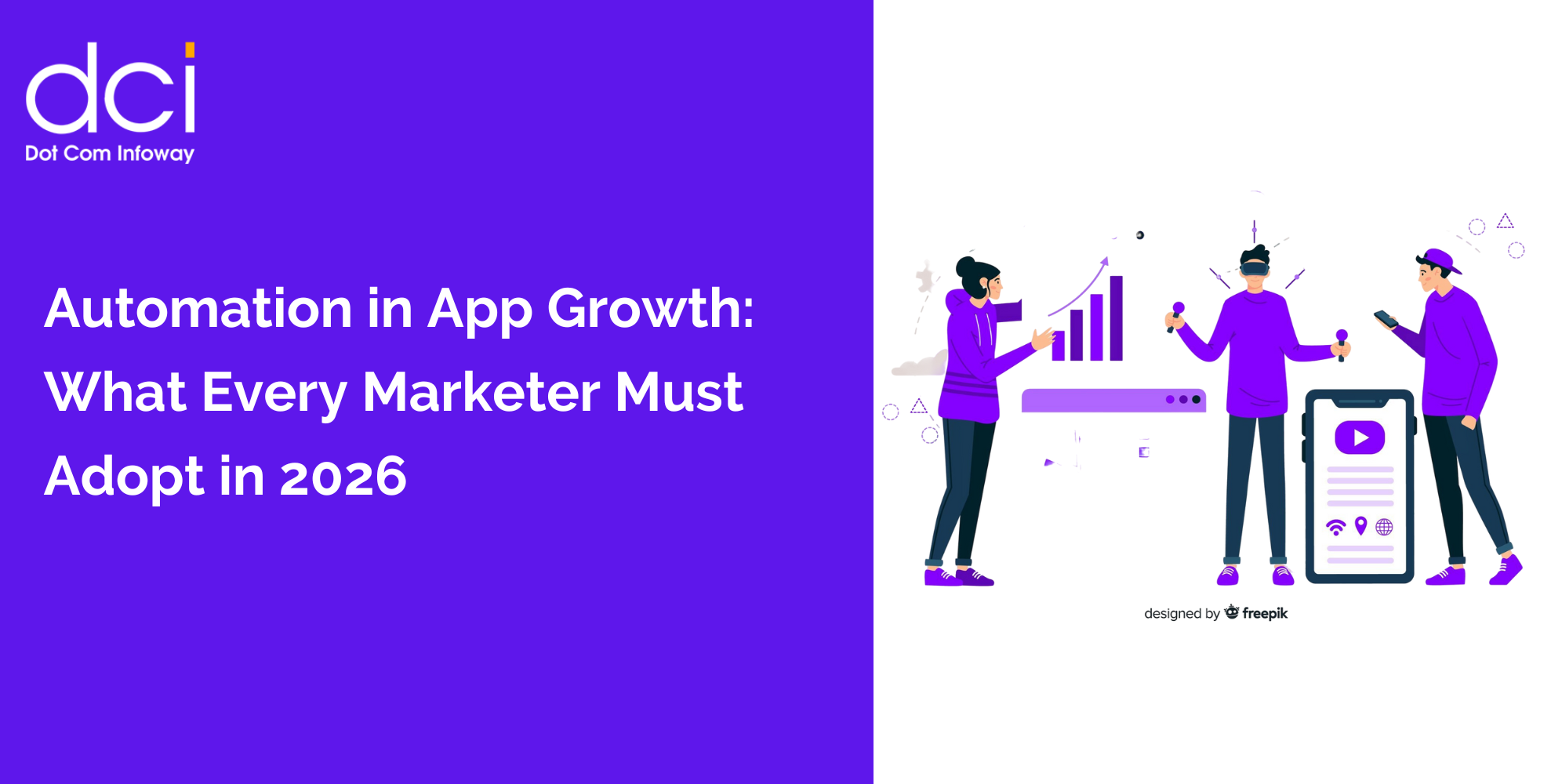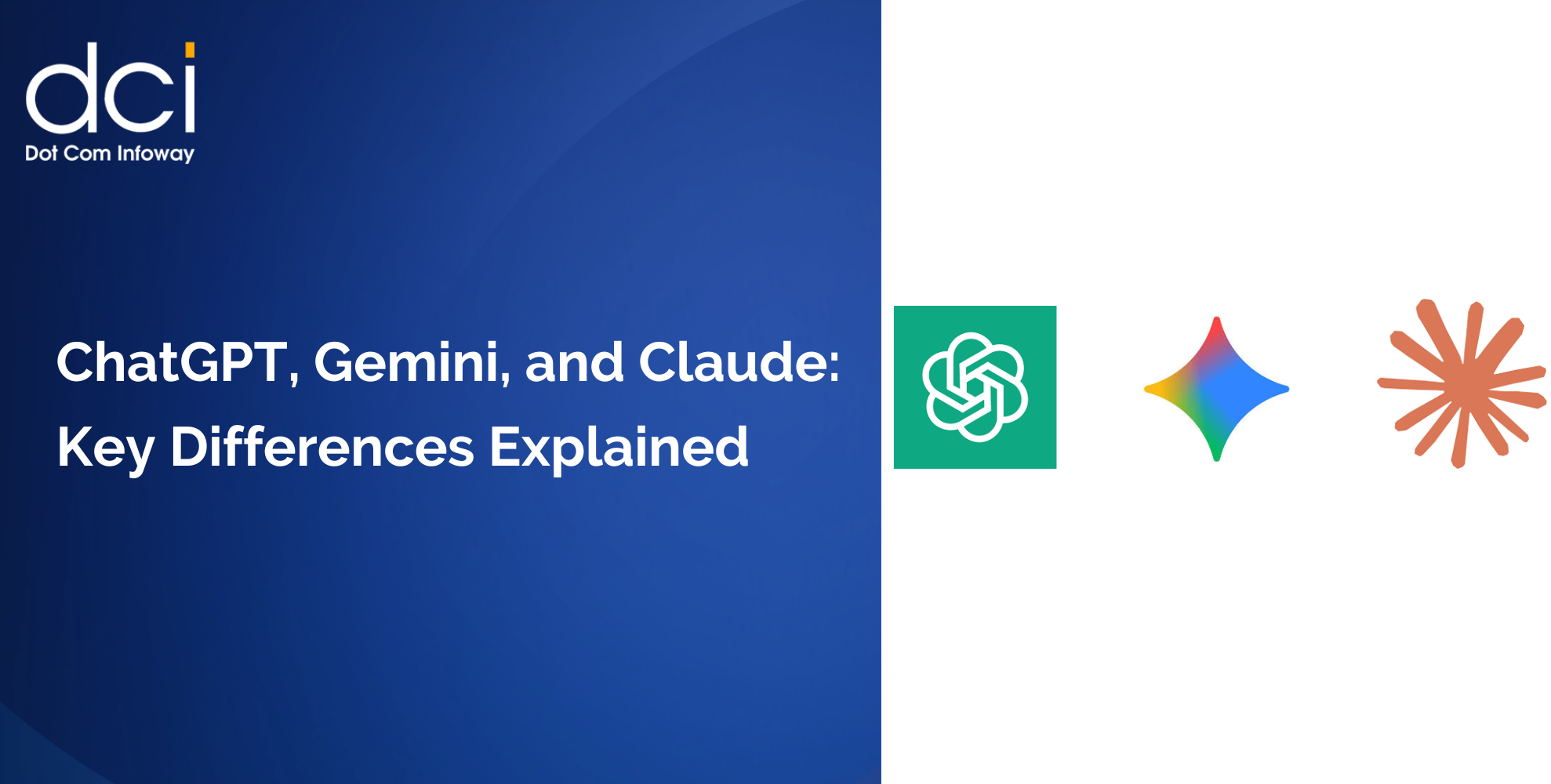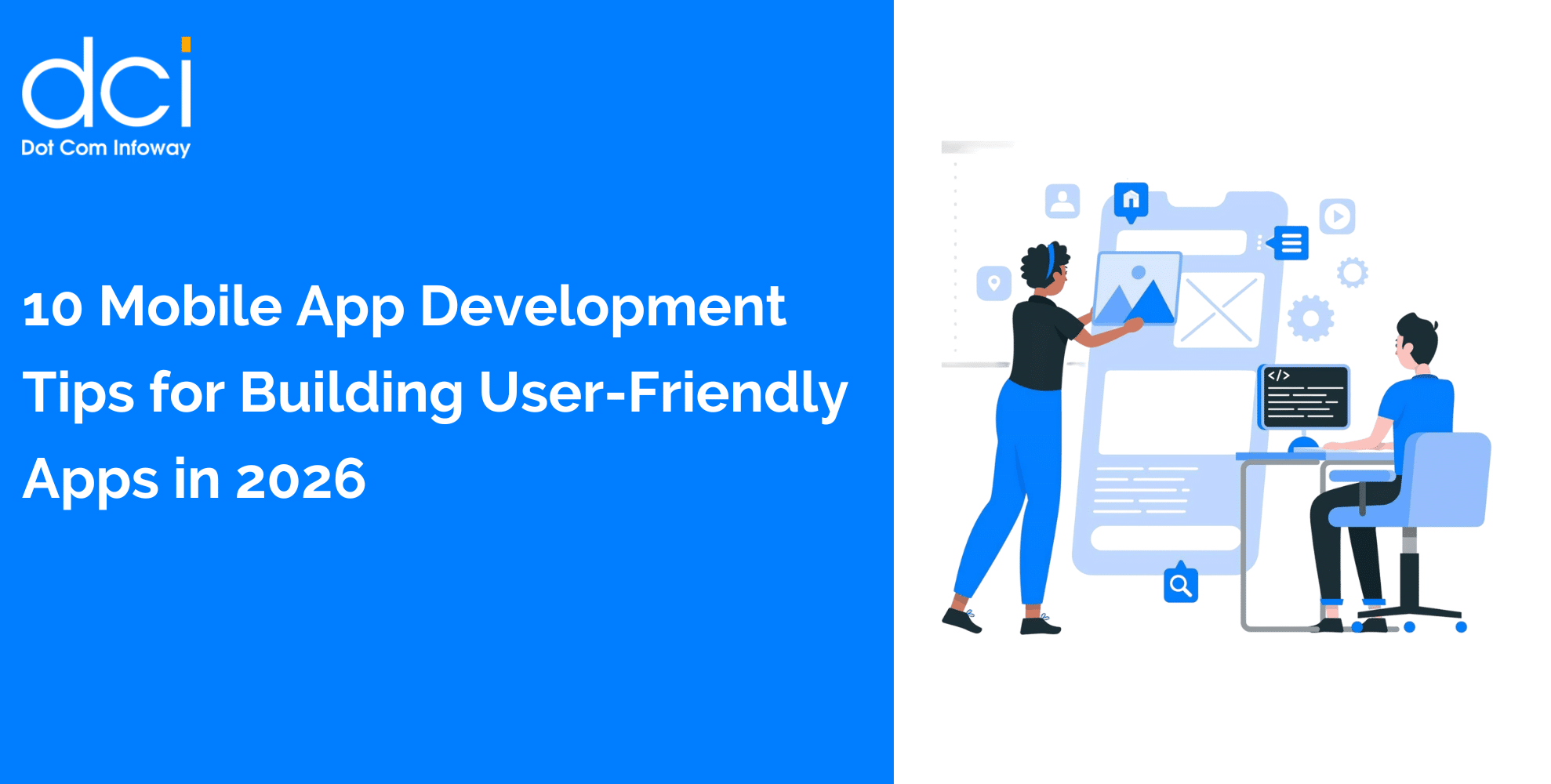AEO Optimization Strategies: What They Really Mean
Before diving into what you must implement this year, let’s decode what AEO really implies. While traditional Search Engine Optimization SEO revolves around keywords, rankings, and traffic, AEO is about fulfilling search intent directly and concisely. It’s about crafting content that machines (and humans) can instantly interpret, extract, and serve as trustworthy, direct answers.
This requires a fine blend of content structure, authority, schema markup, and trust signals. In other words, if your content can’t clearly and quickly answer a specific question, it’s likely to be ignored by search engines trained to mimic human logic.
Optimize for Featured Snippets to Gain Authority
Featured snippets are the digital crown jewels of AEO. They appear at “position zero” on search results and directly answer user queries, often through brief paragraphs, bullet points, tables, or lists. But here’s the catch getting there isn’t just about writing well; it’s about structuring your content to be scraped easily by bots.
By using clear headers (like H2 and H3), concise paragraphs, and answering specific questions, you set yourself up to earn that coveted spot. Think of it this way: if your page content reads like an answer box, Google is more likely to place it in one.
Use Schema Markup to Communicate with Search Engines
Search engines are smart, but not psychic. Schema markup acts like a digital translator between your content and the algorithm. When done right, it enhances your visibility in rich results, voice search, and AI snippets.
For AEO success, implement schema types like FAQPage, HowTo, Product, and Review. If you run a blog, Article schema combined with Author and BreadcrumbList boosts both content trust and navigational ease. The idea is to make your site scream “relevance” and “structure” to the crawling bots.
Answer Specific Questions with Intent-Focused Content
Let’s not dance around it general content doesn’t cut it anymore. AEO thrives on specificity. You want to address long-tail, question-based queries directly. This requires deeper user intent research.
Use tools like AnswerThePublic, Google’s “People Also Ask” boxes, and Reddit threads to uncover real user queries. Then, craft content that mirrors those questions, and place them in your H2 or H3 subheadings. When your paragraphs that follow directly and clearly address that question, you become the natural answer source for search engines.

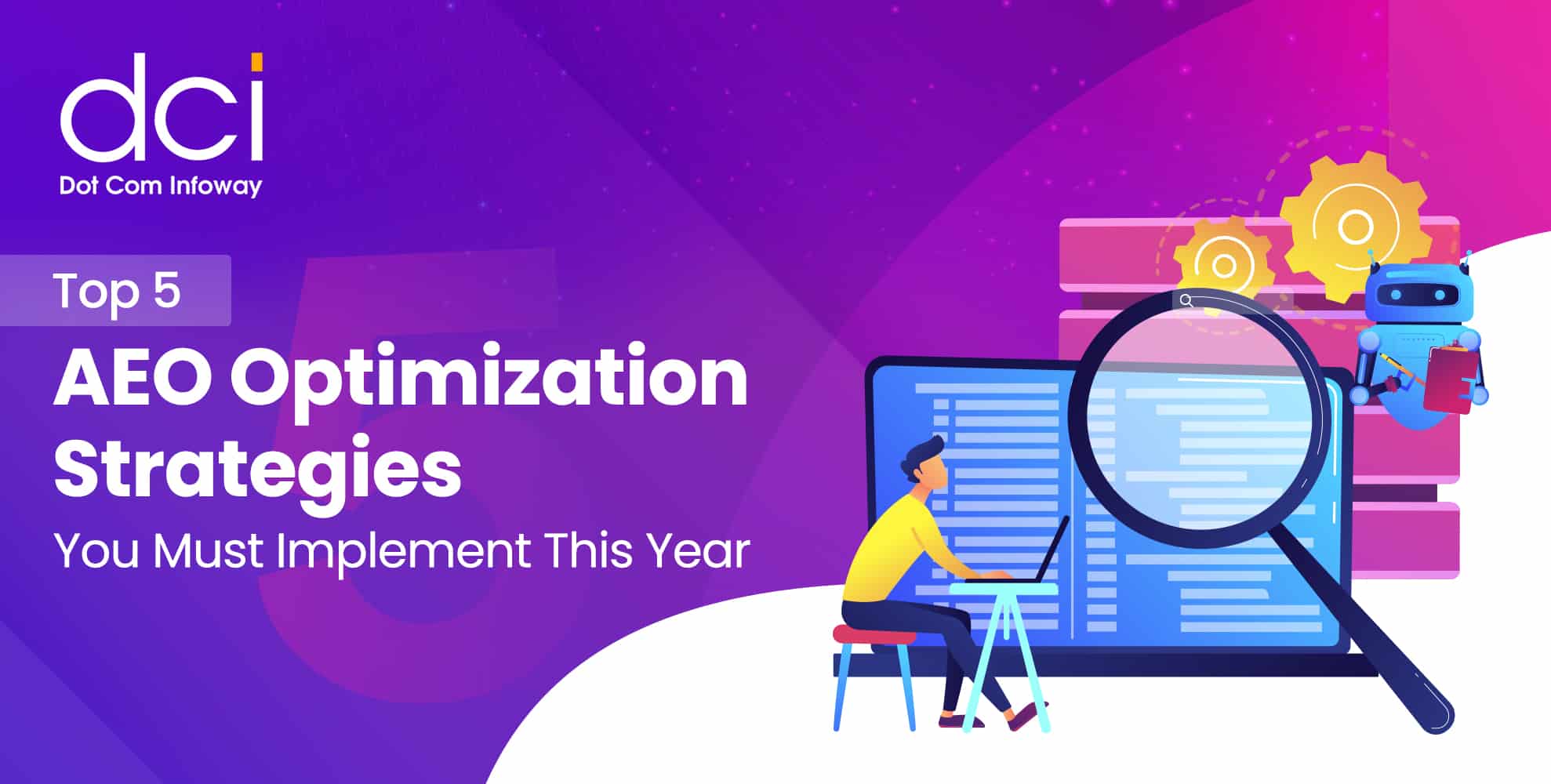

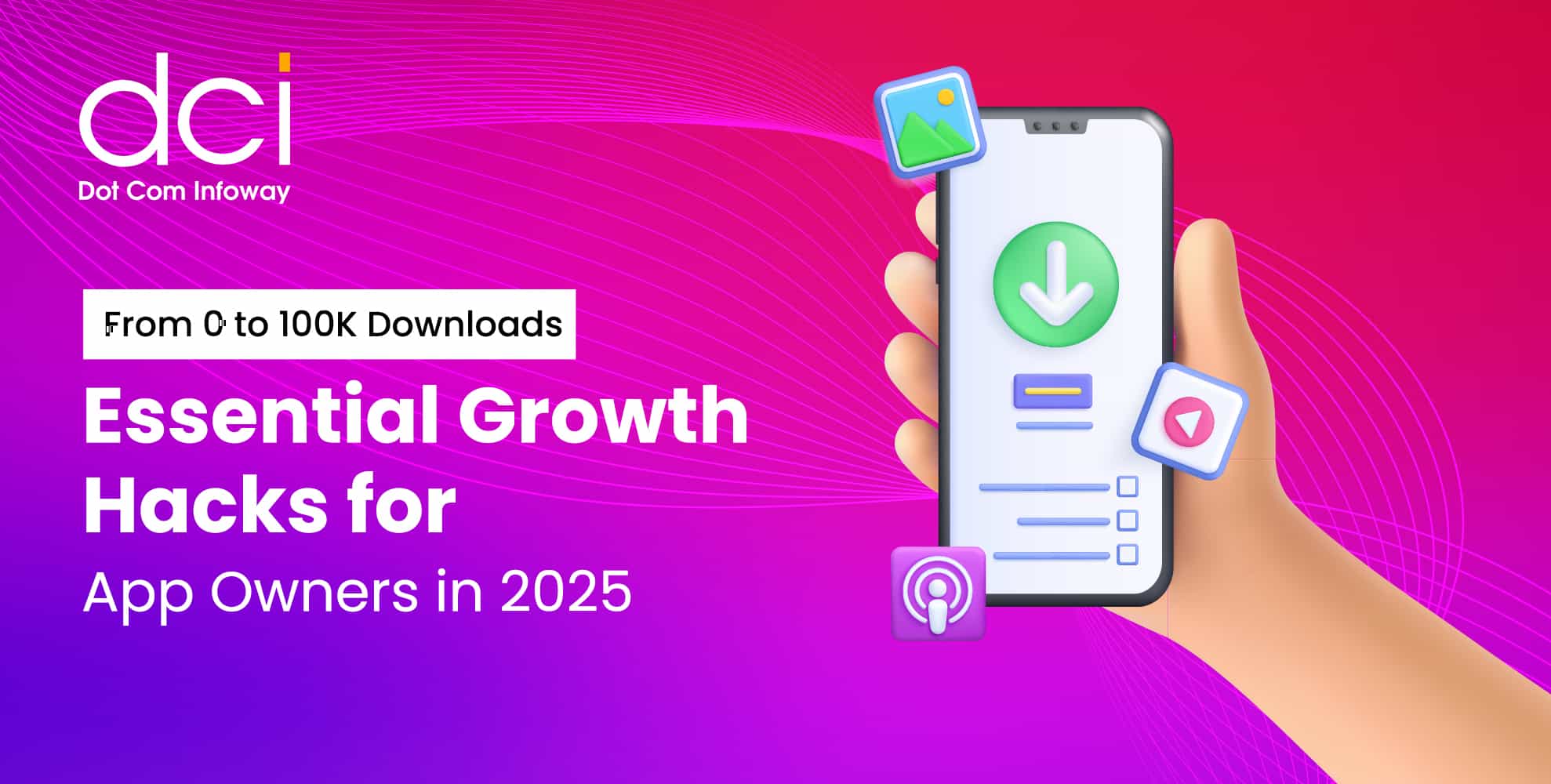

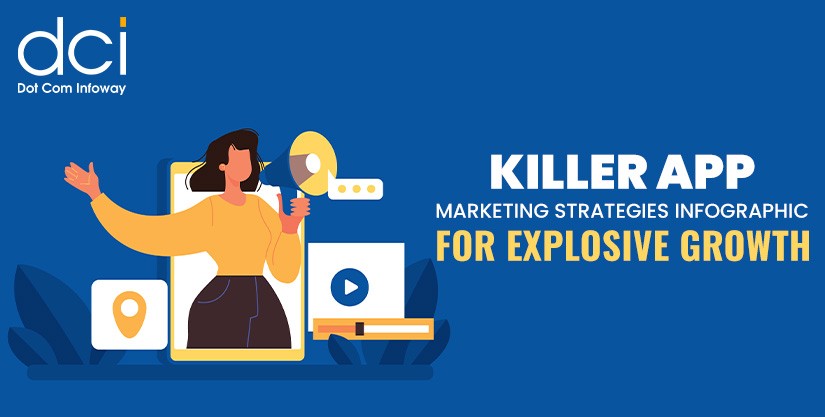

![The Game Marketing Guide: Pre and Post-Launch Strategies [Infographic]](https://www.dotcominfoway.com/wp-content/uploads/2023/09/DCI-Game-Marketing-blog-1.jpg)
